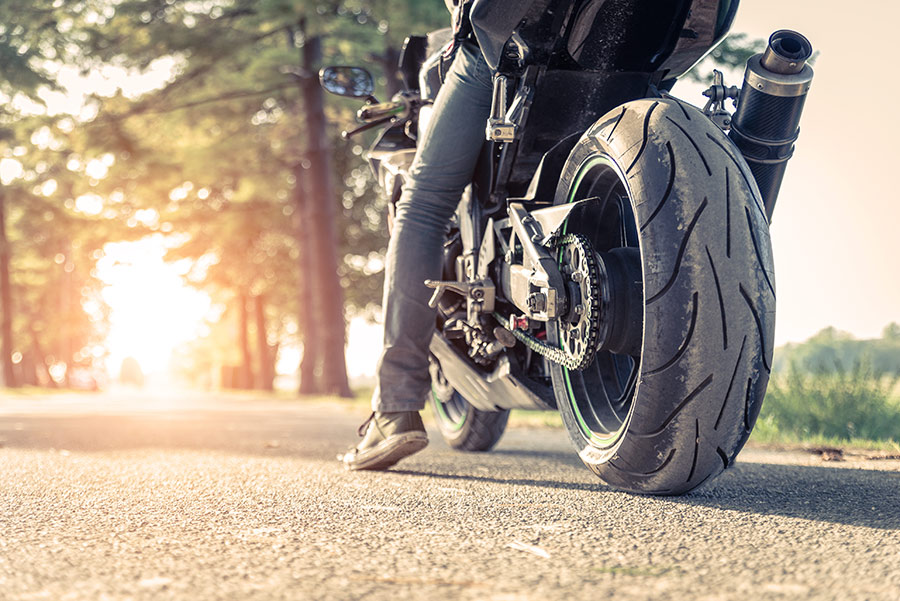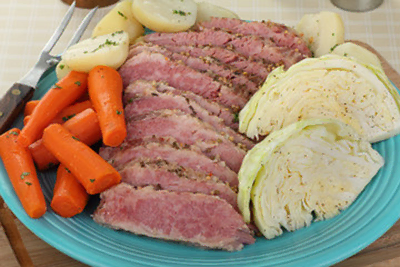
Dyed eggs are as synonymous with Easter as chocolate bunnies, colorful baskets and lambs made out of butter. And the egg-dyeing process can seem like a simple one: mix, dunk, dry, done … right?! But the wrong technique can lead to splotchy eggs, stained fingers, and dye-splashed counters, turning a fun activity into a frustrating mess.
To help you really nail the egg-dyeing thing this year, we colored dozens of eggs and tested all of the buzzy hacks, so we could assemble a step-by-step plan for dying Easter eggs with food coloring. (You absolutely don’t need to buy a kit to produce rich, saturated colors. But we do have a few favorite egg-dyeing kits, if that’s your thing.) Now, let’s hop to it!
How to dye Easter eggs
What you need
Step 1: Clean and boil eggs (or don’t!)
Step 2: Mix the dye bath
Step 3: Gently add the eggs to the dye bath
Step 4: Pull eggs out and lay them out to dry
Step 5: Give them a roll
Step 6: Display and enjoy!
Egg dye
Liquid food coloring is the easiest to mix and produces bright, bold colors. We’re now seeing it marketed as “liquid food color and egg dye.”
White vinegar
Adding an acid to the dye bath helps the color adhere to the egg shell, making the color more saturated. If you don’t have any white vinegar in your pantry, lemon or lime juice will work just as well in a pinch.
Cups
Wide ceramic mugs or glasses make removing eggs easy, and the dye shouldn’t stain the vessels. You can also use disposable cups, if you prefer. No matter the material, to help prevent overflow, mugs or glasses should be large enough to hold at least 1 cup of water.
Gloves
Disposable gloves make handling eggs easy, and they also protect your fingers from stains.
Table covering
To prevent getting stains on your work surface, place thick craft paper, a piece of cardboard, or a plastic tablecloth under your dye cups.
Cooling rack
Metal cooling racks with slats can be a convenient place for your eggs to drip-dry. If you have a griddled rack, like the Sur La Table Stainless Steel Cooling Grid, you can flip it over so the eggs will nestle on the underside. Just make sure it’s elevated so the dye doesn’t pool. Not a baker? Small plastic bottle caps can hold eggs upright while they dry.
Baking sheet or cutting board
Line an unrimmed baking sheet or a plastic cutting board with a rag or paper towels, to catch the drips off the cooling rack. (Note: Dye can stain surfaces, so now is not the time to pull out a fancy wooden charcuterie board.) It’s not completely necessary to line a rimmed baking sheet, since there’s less risk of the dye running off the rack and onto your table.
Step 1: Clean and boil eggs
After checking your raw eggs to make sure they’re clean and not cracked, give them a good washing (this helps the dye adhere better). Then follow your favorite hard-boiled egg recipe, to prep eggs for dyeing.
Step 2: Mix the dye bath
Food coloring can stain porous surfaces and fabrics, so you need to protect your work surface. Dyeing eggs with kids? Expect curious fingers and a couple of inevitable spills. Play clothes or aprons are a must.
If you’re using a kit, follow package directions.
If you’re using liquid egg dye, line up your cups and add liquid food coloring, plus white vinegar or lemon juice (see quantities below), and mix together completely. Then add room-temperature water so the cup is no more than half-full. We repeat: half-full. You can always add more water once the eggs are in, but starting with less prevents your dye bath from overflowing. Before you dunk in an egg, be sure to stir the water into the vinegar coloring mixture.
The food coloring–to–vinegar ratio is not an exact science, but the vibrancy of your eggs depends on how much you add at the start.
For pastel eggs: Start with 3 or 4 drops of food coloring, 2 tablespoons of vinegar, and ½ cup water, and soak for at least 5 minutes.
For bright eggs: Double the food coloring, vinegar, and soaking time, but stick to ½ cup water.
Step 3: Gently add the eggs to the dye bath
Once the eggs are cool, it’s time to lower them into the room-temperature dye baths. To avoid doing a balancing act, skip the spoon or egg dipper tool, and put on a pair of disposable gloves so you can use your hands. You’ll have more control, which means less splashing, which means less cleanup. Keep a rag or paper towel nearby so you can quickly wipe off any excess dye from your gloves as you go—essential if you want to avoid accidental color mixing.
Leave the eggs in the dye bath undisturbed for at least 5 minutes before you check them. (Remember: The longer you leave them, the more saturated the color will be, so patience is everything if you’re going for bold and bright.) Since eggs have a tendency to float on their side, it helps to rotate them at the halfway mark to ensure even color around the outside.
Step 4: Pull eggs out and lay them out to dry
When your eggs reach just the right shade, it’s drying time. With plastic gloves on, pluck each egg out of the dye bath, give it a light shake (to remove any remaining dye droplets), and gently place it on your cooling-rack-and-baking-sheet setup. Keep that paper towel from before handy—you’ll definitely want to wipe your gloved fingers between extractions, to prevent unwanted fingerprints.
Step 5: Give them a roll
Once the surface looks dry or tacky, use your gloved fingers to flip each egg over. A little bit of dye may pool at the bottom, so we found that rolling them over speeds up drying time and prevents water marks. When the eggs appear dry all around, slide the whole tray into the fridge for a few hours, to prevent the dye from smudging or transferring to another egg. No matter how hard you try, bubble dots and watermarks can be somewhat impossible to avoid. But we think they can be kind of cute and fun, like on our red egg above.
Step 6: Display and enjoy!
Once the dyed boiled eggs are completely dry, you can display them in a ceramic egg crate, a decorative basket, or a kitchen bowl, without worry of transferring colors. Just remember to return eggs to the fridge after two hours, and eat them within a week of boiling, for food-safety reasons. If you’ve dyed uncooked eggs, you should keep them in the fridge until you’re ready to cook with them. nytimes.com




